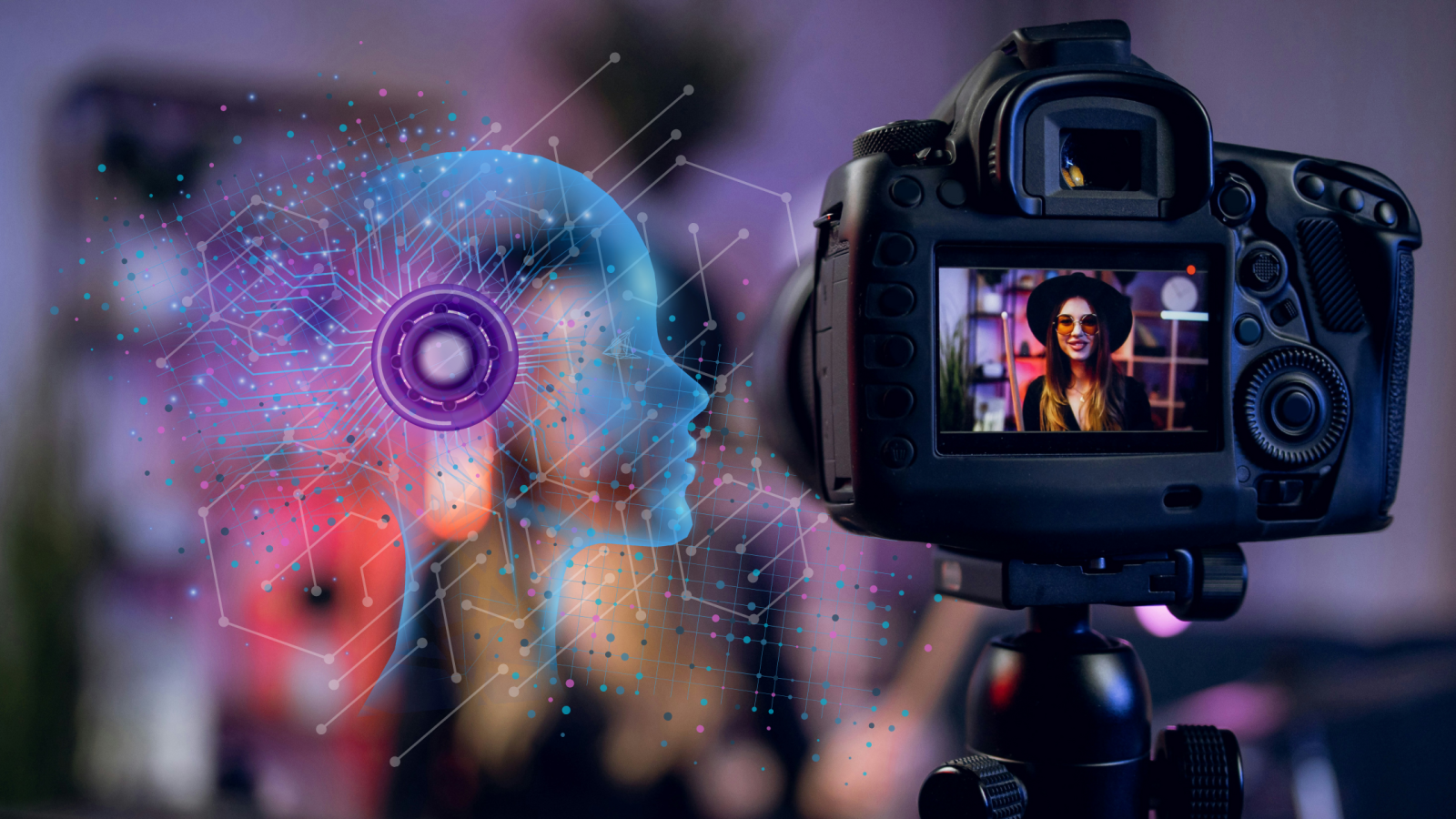The ‘proof of work’ premium in the age of AI


AI is presenting an existential threat to the video creator hardware market. Key to the disruption is the ability of AI video generators to enable creators to bypass cameras within the video creation workflow. Instead of shooting footage on a camera, footage can be generated on a computer. Instead of going back to do pick up shots for an edit, creators can style reference and generate footage based on what has been captured.
What’s worrying for hardware is the prospect that the next generation of creators may find video AI tools that bypass cameras more creatively satisfying than shooting footage. If that becomes the case, is there a danger that hardware could miss out on value as the creator economy grows?
Luckily for creator hardware, it is not as simple as that. Despite software disintermediating parts of the market, hardware has also been innovating to justify its position to creators. AI is a big part of the feature upsell for mirrorless cameras. Whether that is from AI-empowered subject detection and tracking, to the AI-driven autofocus in the Sony a7CR model. There is also market chatter about incoming AI features enabling mirrorless camera control with a user’s voice, or even in-camera editing.
Such features show that AI can unlock a new value proposition for hardware even when AI software is posing a direct threat. However, the true opportunity for hardware in the age of AI might not be found in features alone. Instead, it will be a combination of both the features hardware has, and the values that it represents, that will help solidify its position in creator workflows.
Featured Report
MIDiA Research 2025–2031 music creator tools forecasts AI comes to town
This music creator tools forecasts report acts as a companion piece to MIDiA’s report “State of music creator economy: AI’s growing reach ” . This report provides analysis, market sizing, and forecasts for users and revenues for music creator tools revenues across the following categories: Software and services DAWs Music software (plug-ins...
Find out more…So, what are video creator hardware values and why are they relevant?
While AI video generators enable fast and efficient production of content, they also pose questions about craft. In some instances, content value to audiences is not just about how engaging it might be. It is also about whether it has integrity and was produced in an authentic way. This is becoming particularly important to audiences as AI content makes it harder to differentiate between what video content is real and what is synthetic.
Hardware provides an antidote to those synthetic content concerns by having authenticity hardwired into its DNA. The very act of taking a camera out into the big wide world and recording footage is to engage in a credible, in the moment- experience. In fact, it is hardware’s relationship with the latter that is prompting creator tools companies to turn these authenticity values into a USP that can differentiate it from AI software.
Examples of this were on display at the International Broadcasting Convention (IBC) in Amsterdam (September 2025). Sony dedicated a big section of its booth to the ‘world’s first authenticity ready broadcast camera’. The PXW-Z300 model embeds a digital signature into recorded footage to enable one to track its authenticity and discover whether it has been digitally manipulated by AI tools. Such tech will increasingly matter to journalists and broadcasters going forward. They will need a framework and evidence for proving footage is genuine when facing claims around deep fakes or manipulated footage.
However, as with AI, hardware is only in the foothills of its opportunity to use its authenticity USP as a key differentiator to creators. While solutions for journalism may be front of mind right now, there will also be broader demand in other parts of entertainment over time as AI content becomes widespread. Any content where authenticity plays a key role in its value will be an opportunity for hardware to show its worth. Such examples could range from product reviews, documentaries, vlogs and personal content, travel, tutorial videos. Given authenticity is key to the connections audiences build with creators, there is an opportunity for hardware to ensure this relationship is celebrated and protected.
The next challenge for hardware will be expanding upon this opportunity from a safeguarding measure to a range of features that support authenticity-empowered workflows. However, even if this takes time, the video creator hardware market has already shown that it can cope and differentiate itself from the disruption posed by AI video generators. In an age where digital content will increasingly come with a question of ‘is this is real or is this fake?’, hardware can provide an antidote to the anxiety through via their authenticity tool. Put another way, video creator hardware should seek to embody a ‘proof of work’ premium.

The discussion around this post has not yet got started, be the first to add an opinion.